
Curls don’t come with a manual, but they sure come with moods. The struggle is real—and familiar. One day, it’s soft; the next, it’s a desert. Moisture makes the difference, and it doesn’t have to be complicated. A few small habits, done right, can totally shift the vibe. It’s all about learning the moves that keep hydration steady. Here are twenty.
Wash Hair Less Often

Ever notice how curls feel extra dry right after wash day? That’s no fluke. Coily and curly hair thrive on moisture, and frequent washing strips it away. Try stretching wash days to once a week or so. Natural oils do wonders when left alone; they’re like your hair’s own leave-in conditioner.
Use Moisturizing Shampoo
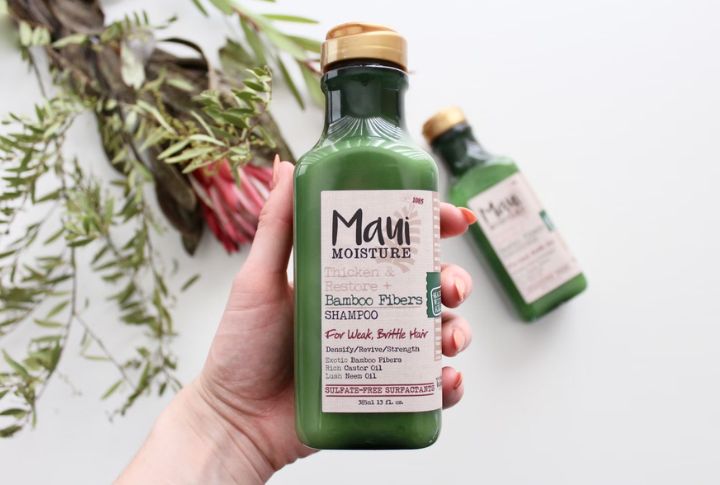
Not all shampoos are curl-friendly. The goal isn’t to squeaky-clean your scalp; it’s to cleanse without chaos. Moisturizing shampoos (consider sulfate-free and glycerin-packed) maintain hydration while gently removing buildup. Look for ones labeled “hydrating” or “cream-based.”
Apply Hydrating Conditioner

A good conditioner is an essential armor for curls. After rinsing out your shampoo, always follow up with a rich, hydrating conditioner to replenish lost moisture. Ingredients like shea butter, aloe vera, or coconut milk can deeply penetrate the hair shaft. Think of it as your curl’s drink of water after a long day.
Limit Chemical Treatment

Chemical processes can weaken the structure of curly hair, which makes it harder to retain moisture. Perms and color treatments often strip the strands and lead to dryness over time. Giving hair a break from harsh chemicals helps maintain strength and overall moisture balance.
Rinse With Cool Water

Here’s a sciencey one: warm water opens the hair cuticle, but cool water seals it shut. A final cool rinse post-conditioning helps trap in all that juicy hydration. It’s a small tweak that makes a massive difference. And no, you don’t need freezing water. Just make sure it’s cooler than lukewarm.
Avoid Harsh Ingredients
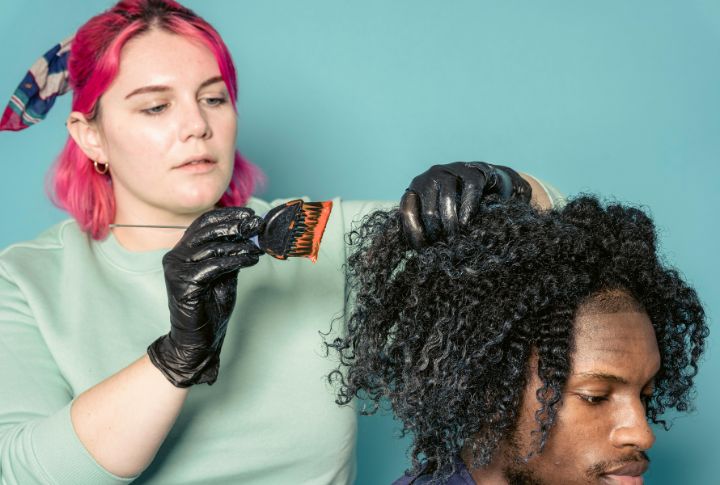
If your shampoo reads like a chemistry lab, reconsider. Sulfates, parabens, drying alcohols—these are major culprits for moisture loss. Such ingredients strip the scalp and damage the curl pattern. Look for products marked “clean” or “curly girl approved.” Your hair’s not high-maintenance; it’s just misunderstood.
Use Leave-In Conditioner
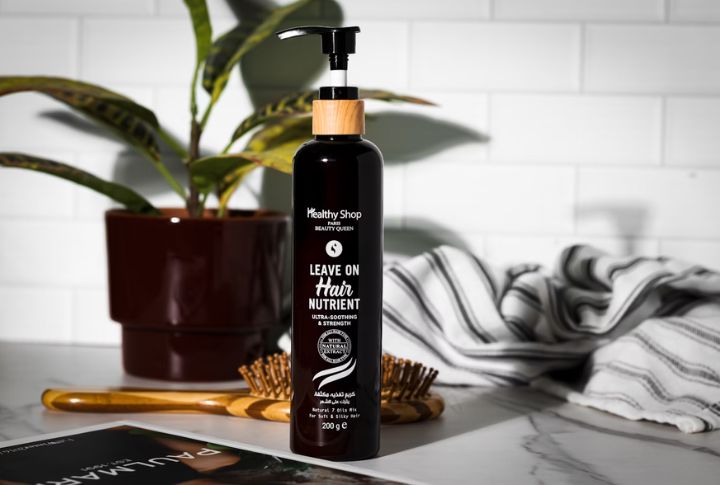
After rinsing out the conditioner, leave-ins step in to keep the softness and flexibility going. They hydrate strands throughout the day and help curls stay soft and defined. Whether it’s a spray or a cream, applying it on damp hair before styling makes all the difference.
Seal With Natural Oils
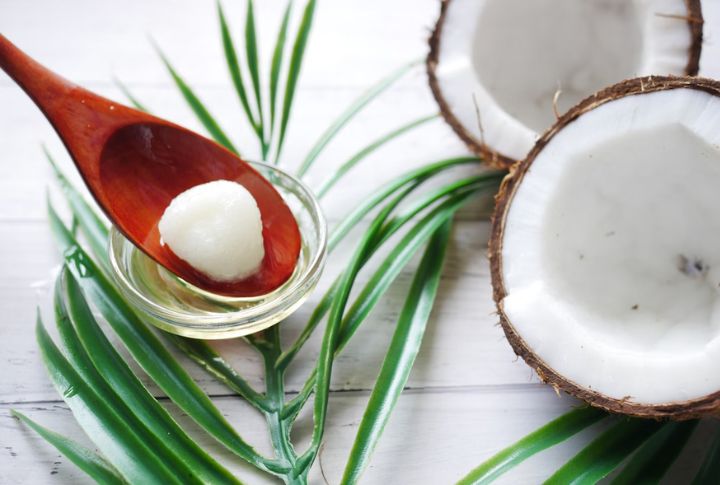
This step changes the game. After applying leave-in, lock everything in with a natural oil such as jojoba, avocado, or argan. It’s called the LOC method: Liquid, Oil, Cream. It helps prevent moisture from evaporating. And no, it won’t leave your hair greasy if you use the right amount.
Do Weekly Deep Conditioning
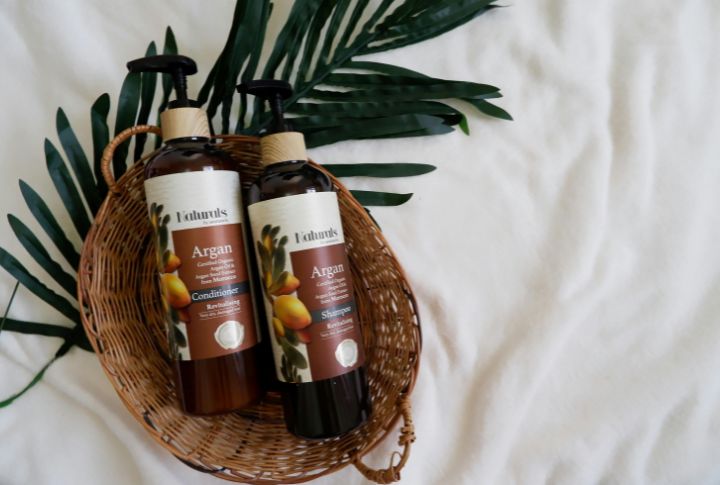
Sunday equals deep conditioning day. Make it a ritual. Deep conditioners work better, targeting the inner layers of your hair shaft. Go for masks with proteins or ceramides. Heat or a thermal cap will help ingredients penetrate even more. Your curls will bounce back like never before. Be careful not to use it more than once a week, since it can be prone to product buildup.
Apply Curl Cream Daily

Is your hair feeling dry first thing in the morning? A lightweight curl cream makes daily styling easier and keeps frizz under control. The key is focusing on the ends, where dryness shows up most. A travel-size bottle fits easily in your bag for quick touch-ups whenever your hair needs a boost.
Use Satin Pillowcases
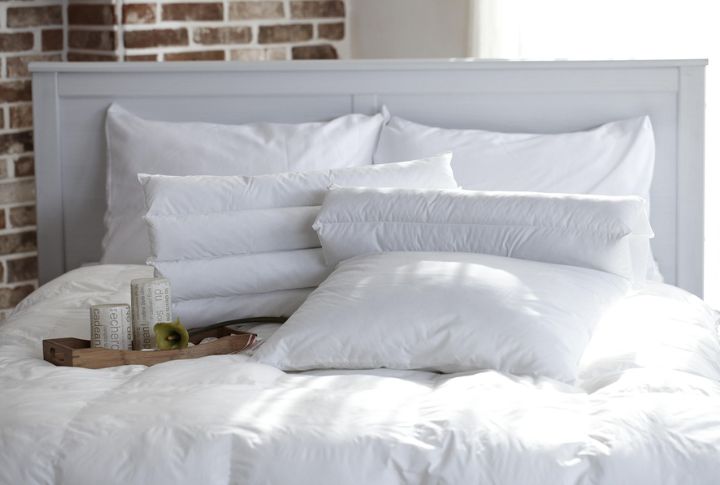
Real talk: Cotton pillowcases are undercover moisture thieves. They soak up your hair’s natural oils and cause friction while you toss and turn. Satin or silk pillowcases, on the other hand, are a dream for curls—literally. Frizz is reduced, and the style holds up much better through the night.
Limit Heat Styling
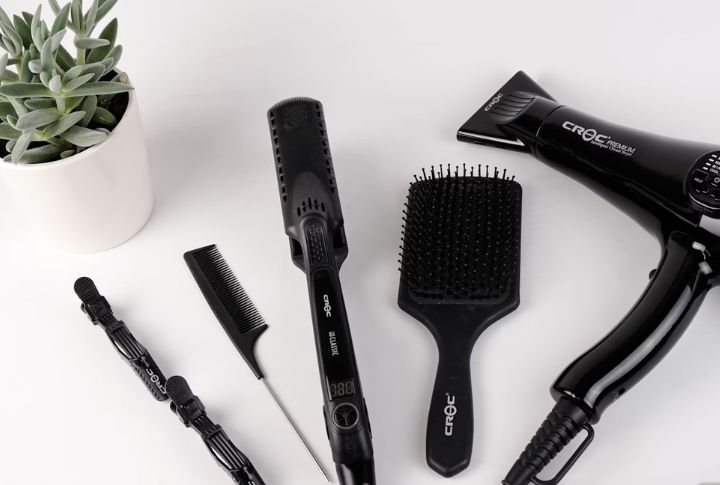
Heat isn’t the enemy, but too much of it can lead to serious curl damage. Straighteners and blow dryers can zap your strands of moisture and damage your curl pattern. The trick is moderation. If you must use heat, always apply a good thermal protectant and keep tools in the lowest setting possible.
Wear Protective Hairstyles
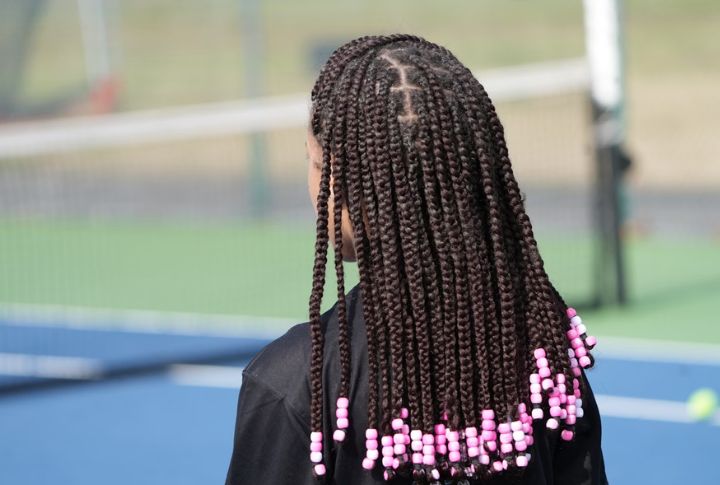
Let’s talk about long-term curl survival. Protective styles—like braids, twists, or buns—aren’t just cute; they prevent breakage and moisture loss. By tucking your ends away, you shield them from wind and over-manipulation. Ideal for travel or lazy days, it’s care and style in one move.
Refresh Curls With Mist
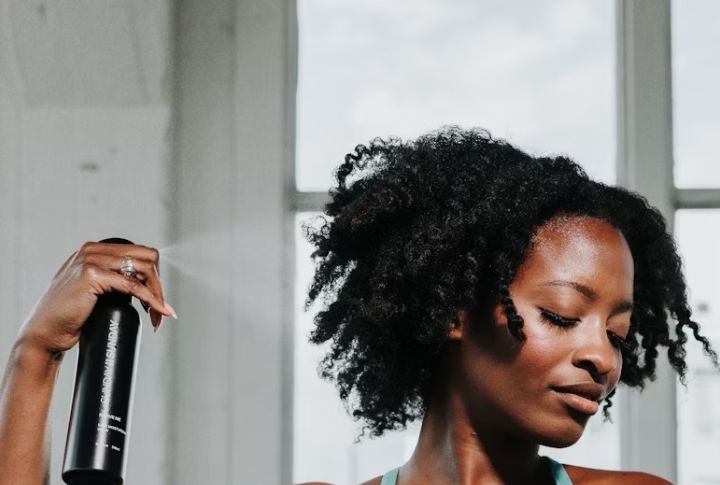
Not every day is a wash day, which is why misting matters. A light water-based spray mixed with a leave-in conditioner revives limp curls by adding moisture and resetting your pattern. Using a DIY refresher mix (water + aloe + a touch of oil) for mid-week revivals works well too.
Trim Dry Ends Regularly
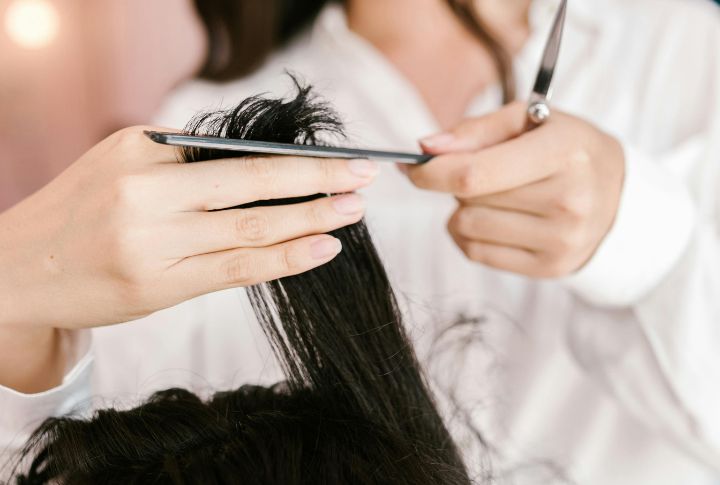
You don’t need a full chop—but those dry, split ends? Time to let them go. Left untrimmed, split ends can move up the shaft and cause more damage. Trimming every 8–12 weeks keeps your hair healthy and bouncy. Remember: holding onto scraggly length isn’t worth losing curl definition and hydration.
Avoid Tight Hair Ties
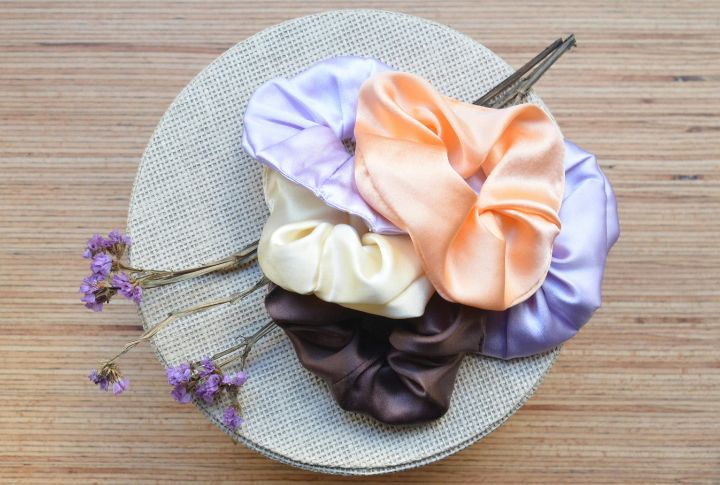
Tight elastics can be sneaky curl disruptors. They cause breakage at stress points, especially when hair is dry. Instead, opt for scrunchies or fabric-covered bands. And don’t pull your ponytail too tight—let your curls breathe. Keeping your strands intact means keeping your moisture locked into every coil and curve.
Massage Scalp For Circulation
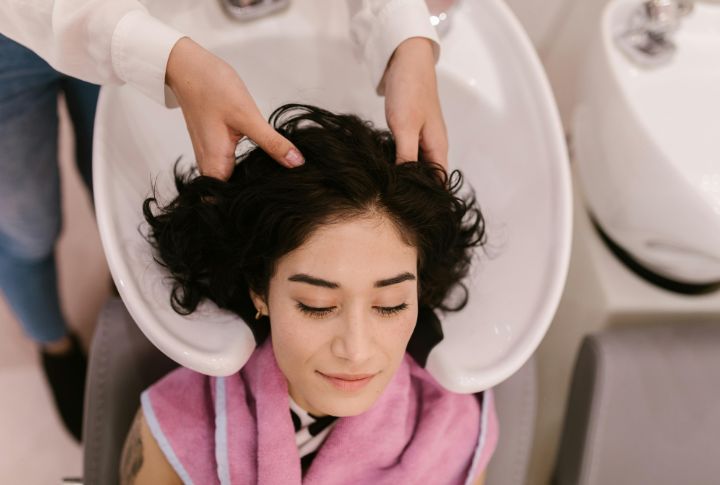
Here’s one that feels amazing and actually boosts hydration: scalp massage. Stimulating the scalp encourages blood flow, which nourishes follicles and promotes healthy oil distribution. Use your fingertips or a silicone brush, and bonus points if you use a few drops of nourishing oil. It’s self-care that translates into hair care.
Drink More Water
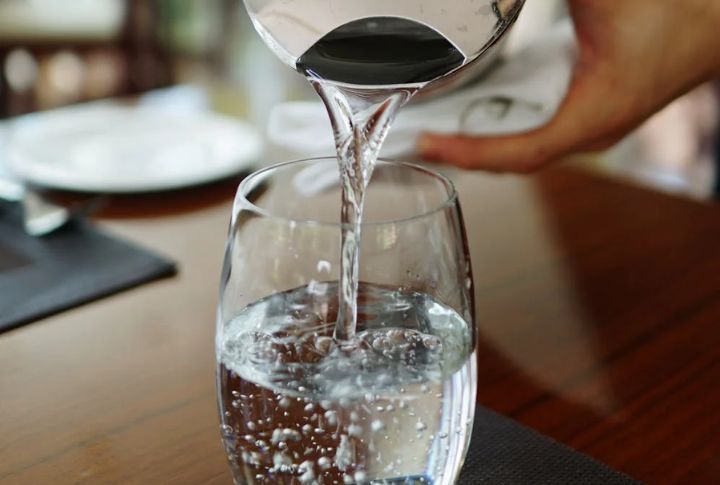
Hydration starts inside. When you’re dehydrated, your scalp and hair follicles can’t perform at their best, leading to dull and brittle curls. Aim for eight glasses a day and more if you’re active or in hot climates. Consistent water intake supports a healthy curl structure and helps maintain softness over time.
Eat Water-Rich Foods
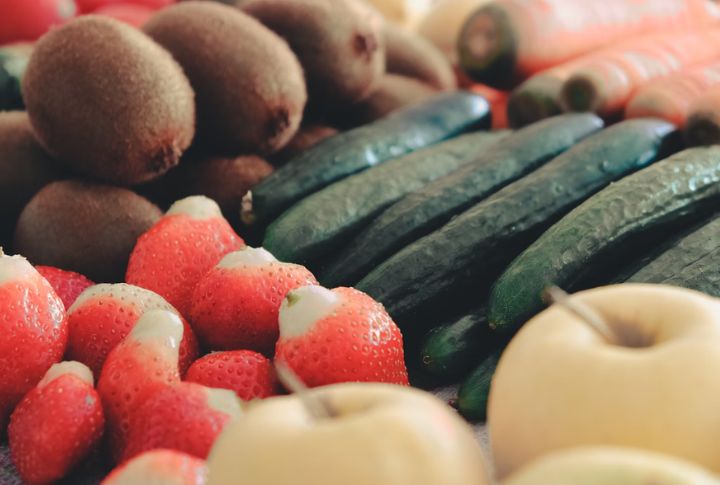
What’s on your plate shows up on your scalp. Water-rich foods like cucumbers, oranges, strawberries, and leafy greens support your body’s water levels, which are reflected in your hair. Plus, foods packed with vitamins A, C, and E help regulate sebum production.
Use A Humidifier In Winter

Dry indoor air in winter can leave curls feeling rough. A humidifier helps by putting moisture back into the air. Use it at night while sleeping to support your hair and skin. Over time, you’ll notice fewer brittle strands and more supple curls. It’s a game-changer for cold-weather care.

Comments
Loading…